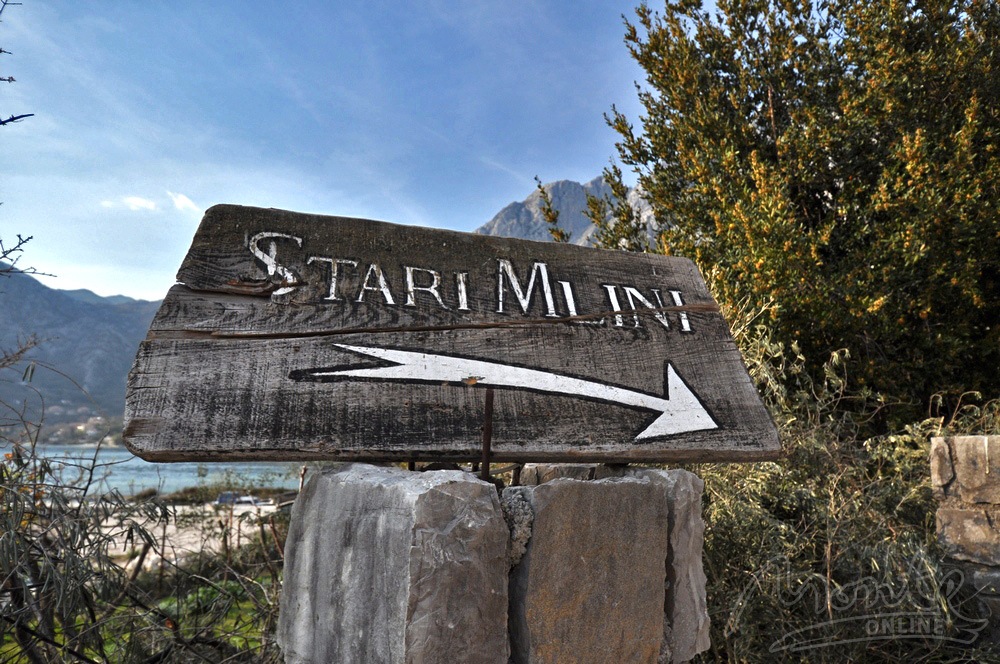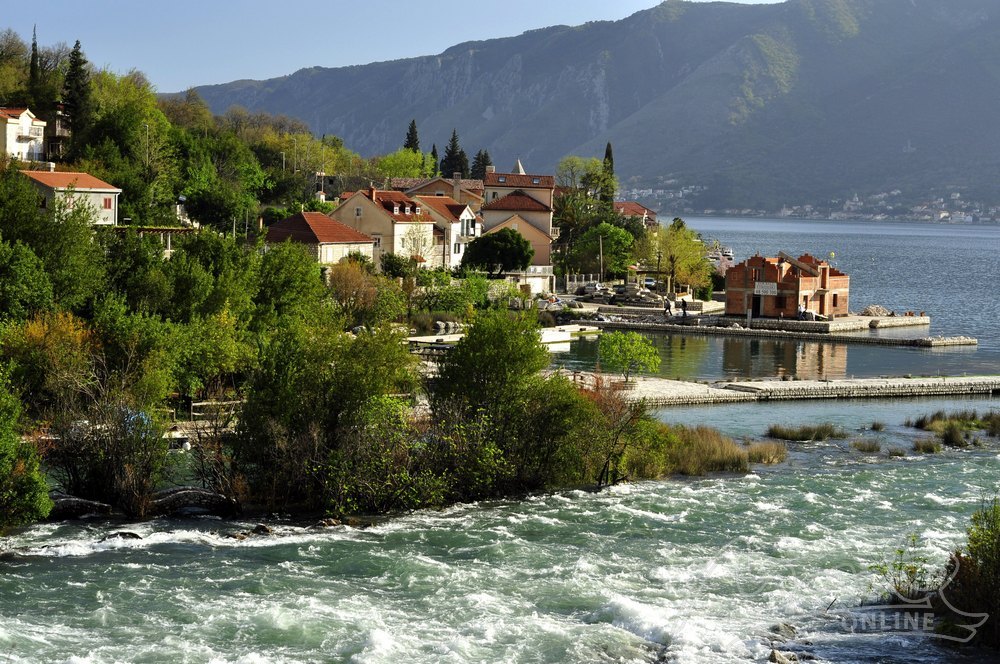Ljuta, Montenegro (see on Montenegro map) – красивейшая рыбацкая деревушка в самом сердце Бока-которского залива. Люта находится в устье одноименной реки Люта, впадающей в Бока-которский залив, от которой населенный пункт и получил свое название. Традиционным занятием жителей Бока-которского залива являлось рыболовство, и Люта не является исключением: встреча с горной рекой сделала этот участок Бока-которского залива особо чистым и благоприятным для рыболовства. Здесь по сей день можно встретить настоящих рыбаков с удочками. Кроме этого, именно в Люте расположено одно из крупнейших рыболовных хозяйств на Бока-которском заливе – Mega Fish – поставляющее свежайшие морепродукты в близлежащие города Черногории. В самой Люте находится розничная точка этого хозяйства – магазинчик COGI.
Во время прогулки по набережной Люты открываются великолепные виды на Бока-которский залив и горы – Люта расположена прямо напротив места встречи двух скал, образующих сужение залива.

Modern Lyuta is equally interesting for lovers of active and passive recreation, lovers of history and architecture, as well as fishing or diving. Ljuta has a good sandy beach, which is not often found in other settlements on the coast of the Bay of Kotor, mostly reinforced with concrete embankments. The ancient streets of Luta are decorated with solid houses and palaces made of white stone, reminiscent of the times of dominance in the region of the Venetian Republic, which left an indelible mark on the architecture of this region in Montenegro. There are many caves in the limestone reefs on the coast of the Bay of Kotor. Underwater reefs have generously sheltered corals, as well as a variety of flora and fauna. Fans of active marine recreation can also dive in grottoes - just such is available in the vicinity of Lyuta.

In Luta is St. Peter's Church в барочном стиле (XVII в). На западном фасаде находится табличка с указанием имени покровителя (Святой Петр и годом возведения, 1780). В церкви св. Петра три мраморных алтаря: на главном алтаре изображен святой Петр, окруженный ангелами. На южном алтаре (алтарь Святого Луки) изображена группа святых. Алтарь Святого Луки сооружен на средства капитана Луки Радимира, “тезки” апостола Луки. Фрески выполнены венецианским художником Фонте Бассо (Fonte Basso). На северном алтаре, построенном на средства семьи моряков Дабиновичей, находится икона Богоматери с Христом, которая особо почитается жителями Люты: считается, что она спасла местных жителей во время эпидемии холеры в 1855 г.


В Люте находится один из лучших ресторанов национальной кухни на Бока-которском заливе – «Старые мельницы» (www.starimlini.com).






